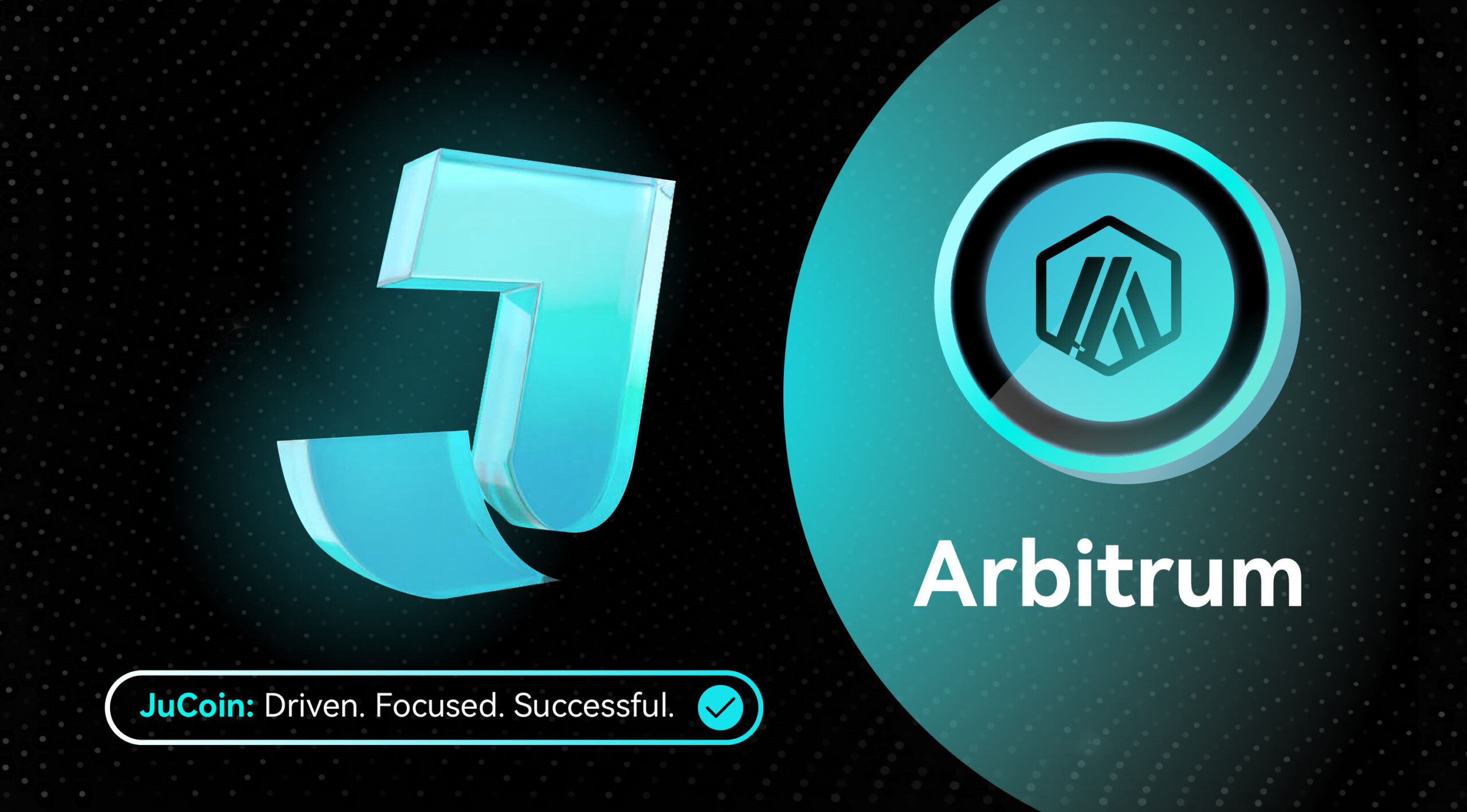
Key Takeaways
- Arbitrum is a Layer 2 scaling solution for Ethereum that significantly reduces transaction costs while maintaining security through optimistic rollup technology.
- The ecosystem consists of two main chains: Arbitrum One for general-purpose applications and Arbitrum Nova optimized for gaming and social applications.
- ARB token serves as the governance token for the Arbitrum DAO, allowing holders to vote on proposals that shape the protocol’s future.
- Developed by Offchain Labs and now governed by the Arbitrum Foundation, the project has shown substantial growth with over 900 applications and $11.58B in Total Value Locked.
- Arbitrum’s suite of technologies includes Arbitrum Rollup, AnyTrust, Orbit, and Stylus, creating a comprehensive solution for developers seeking Ethereum scalability.
In the rapidly evolving blockchain landscape, scaling solutions have become vital for addressing Ethereum’s limitations of high fees and congestion. Arbitrum (ARB) has emerged as a leading Layer 2 solution that makes Ethereum transactions faster and cheaper while maintaining compatibility and security. Launched in 2021, Arbitrum has grown into a robust ecosystem with two main chains: Arbitrum One for general-purpose applications and Arbitrum Nova designed specifically for gaming and social applications. Recent developments include the expansion to Arbitrum Orbit, allowing developers to launch their own customized chains, and the implementation of Stylus, which enables developers to use programming languages beyond Solidity.
As of April 9, 2025, Arbitrum (ARB) is trading at $0.2712 USD, with a market capitalization of $1.38 billion and a circulating supply of 4.61 billion ARB. The token has seen increased trading volume of $189 million in the past 24 hours, reflecting ongoing interest in this scaling solution despite broader market fluctuations.
What Is Arbitrum?
Arbitrum is a Layer 2 scaling solution for Ethereum designed to enhance its scalability and efficiency. It utilizes rollup technology to significantly increase throughput and reduce transaction costs while inheriting Ethereum’s security guarantees. Arbitrum offers a suite of scaling solutions with two operational Layer 2 blockchains: Arbitrum One, a general-purpose optimistic rollup allowing users to deploy decentralized applications and smart contracts permissionlessly, and Arbitrum Nova, focused on gaming and social applications with even lower fees.
The project began in 2018 when Offchain Labs was founded with the mission of solving Ethereum’s scaling challenges. After testing on testnet in 2020, Arbitrum One was publicly launched in August 2021, quickly attracting major DeFi protocols. The ecosystem rapidly expanded with the introduction of Arbitrum Nitro in August 2022, which brought increased throughput and cheaper gas fees through technological improvements to the protocol’s architecture.
Who Is Behind Arbitrum
Arbitrum was developed by Offchain Labs, a company founded by three accomplished individuals: Ed Felten, Steven Goldfeder, and Harry Kalodner. Ed Felten brings academic credibility as a former Deputy U.S. Chief Technology Officer under the Obama administration and Professor of Computer Science at Princeton University. Steven Goldfeder holds a Ph.D. in Computer Science from Princeton University with expertise in cryptocurrency and blockchain security. Harry Kalodner, also with academic roots from Princeton, specializes in cryptocurrency and incentive systems, completing the founding team’s strong technical foundation.
In March 2023, governance of the Arbitrum ecosystem transitioned from Offchain Labs to the Arbitrum Foundation and the Arbitrum DAO, marking a significant step toward decentralization. This transition included the creation and distribution of the ARB governance token, which was airdropped to eligible users who had previously interacted with the Arbitrum ecosystem. The project has maintained relationships with numerous developers and projects building on its infrastructure, with over 900 applications now deployed across its ecosystem.
How Arbitrum Works: A Technical Explanation
At its core, Arbitrum uses optimistic rollup technology to process transactions off the Ethereum mainnet while still inheriting its security. The system works by batching multiple transactions together and then submitting only the transaction data to Ethereum. The actual computation and state storage happen off-chain, drastically reducing the burden on Ethereum. Arbitrum is considered “optimistic” because transactions are assumed valid unless proven fraudulent through a dispute resolution system. If a validator spots a potentially fraudulent transaction, they can initiate a challenge within a one-week window, allowing the system to maintain security while processing transactions more efficiently.
Arbitrum One and Arbitrum Nova serve different purposes within the ecosystem. Arbitrum One functions as a general-purpose Layer 2 solution, suitable for a wide range of applications from DeFi to NFTs. It offers significant gas savings compared to Ethereum mainnet while maintaining EVM compatibility, making it straightforward for developers to deploy their existing Ethereum applications. Arbitrum Nova, introduced in August 2022, utilizes the AnyTrust protocol, which reduces costs even further by making additional trust assumptions. This makes Nova particularly suited for applications requiring high throughput and ultra-low costs, such as gaming and social applications.
The Arbitrum ecosystem has expanded with the addition of Stylus, which enables developers to write smart contracts in programming languages beyond Solidity, including Rust, C, and C++. This broadens the potential developer base and allows for more efficient code execution. Additionally, Arbitrum Orbit, launched in October 2023, enables developers to create their own customized Layer 3 chains connected to the Arbitrum ecosystem, with tailored features and economics while still benefiting from Ethereum’s security.
For users, the value proposition is clear: significantly lower transaction fees compared to Ethereum mainnet while maintaining compatibility with Ethereum wallets and tools. For developers, Arbitrum offers the ability to build more complex applications without prohibitive gas costs, enabling features that would be economically infeasible on Ethereum’s base layer. The protocol achieves this while maintaining a high degree of decentralization and security, addressing the blockchain trilemma of scalability, security, and decentralization.
Current Status of Arbitrum In The Wider Ecosystem
In the competitive Layer 2 scaling solution market, Arbitrum has established itself as a leader with 31.7% market share among Layer 2 solutions as of April 1, 2025. This dominant position reflects both early market entry and technical excellence, with the platform’s optimistic rollup approach proving both secure and efficient for users seeking Ethereum scalability. The ecosystem continues to mature, with Total Value Locked (TVL) reaching $11.58 billion, demonstrating significant user confidence in the protocol’s security and stability.
Adoption metrics show impressive growth, with 1.69 million active wallets and 1.75 billion total transactions processed across the network. The platform hosts over 900 applications spanning various sectors including decentralized exchanges, lending protocols, NFT marketplaces, and gaming applications. Notable projects include GMX (a decentralized perpetual exchange), Camelot (an Arbitrum-native DEX), and Pirate Nation (an immersive strategy game). This diverse ecosystem showcases Arbitrum’s versatility and ability to support various use cases beyond simple token transfers.
The broader Layer 2 space has seen accelerated development and adoption in response to persistent high gas fees on Ethereum mainnet. Arbitrum has positioned itself effectively by maintaining EVM compatibility, allowing existing Ethereum developers to easily deploy their applications with minimal code changes. This approach has helped drive adoption among established projects seeking scaling solutions. Additionally, Arbitrum’s governance transition to a DAO structure has aligned the protocol with blockchain’s ethos of decentralization, potentially providing a competitive advantage as users increasingly value community governance.
Arbitrum’s Price Journey
Since its launch, the ARB token has experienced significant price movements influenced by broader market trends and ecosystem developments. The token was initially distributed through an airdrop to early users of the protocol in March 2023, when the Arbitrum Foundation announced the transition to DAO governance. This strategic token distribution helped bootstrap the ecosystem by rewarding early adopters and establishing a broad base of governance participants.
Major price catalysts have included ecosystem expansions, technological upgrades, and integration with prominent DeFi protocols. The introduction of Arbitrum Orbit and development of Stylus have been particularly significant in demonstrating the project’s continued innovation. Currently trading at $0.2712, ARB has shown resilience despite market volatility, supported by consistent ecosystem growth and technological development. The token experienced a 9.20% increase in market capitalization recently, indicating renewed interest in the protocol’s governance capabilities and long-term potential.
Current Data & Interesting Statistics About Arbitrum
- Arbitrum has processed over 1.75 billion transactions across its ecosystem as of April 1, 2025, demonstrating massive user adoption.
- Users have saved approximately 3.89 million ETH in gas fees by using Arbitrum instead of Ethereum mainnet, translating to billions of dollars in savings.
- With 1.69 million active wallets, Arbitrum maintains one of the largest user bases among Layer 2 solutions.
- Total Value Locked (TVL) stands at $11.58 billion, representing significant capital commitment to the ecosystem.
- Arbitrum commands 31.7% of the Layer 2 market share, solidifying its position as a leader in Ethereum scaling solutions.
- The ARB token has a total supply of 10 billion, with 4.61 billion currently in circulation.
- 24-hour trading volume for ARB recently reached $189 million, indicating active market participation and liquidity.
What Is The Future of Arbitrum
The future outlook for Arbitrum remains promising as Ethereum continues to face scaling challenges despite its transition to Proof of Stake. Arbitrum’s roadmap includes further optimization of its technology stack to increase throughput and reduce fees even further. The development of Stylus will expand the ecosystem by attracting developers from traditional programming backgrounds, potentially accelerating application development. Additionally, Arbitrum Orbit creates an environment for specialized Layer 3 solutions catering to specific industries and use cases, extending the ecosystem’s reach. The growing gaming sector on blockchain appears particularly well-positioned to benefit from Arbitrum Nova’s cost structure and performance characteristics. With Ethereum’s upcoming technical upgrades like data sharding, Arbitrum stands to benefit from even lower data availability costs, potentially creating a flywheel effect for adoption. Ultimately, Arbitrum’s success hinges on its ability to continue delivering a developer-friendly environment while maintaining security and decentralization.
Navigating the Future: Arbitrum’s Path Forward
As the blockchain industry matures, Arbitrum has positioned itself as more than just a scaling solution, but as a comprehensive ecosystem for decentralized application development. By addressing Ethereum’s core limitations while preserving its security guarantees and developer experience, Arbitrum offers a compelling balance of scalability, security, and usability. The protocol’s technical innovations, including optimistic rollups, Stylus, and Orbit, demonstrate a forward-thinking approach to blockchain infrastructure. While challenges remain in the broader Layer 2 space, including cross-chain interoperability and regulatory clarity, Arbitrum’s governance structure provides a mechanism for the community to navigate these issues collectively. For investors, developers, and users alike, understanding Arbitrum’s role in expanding blockchain utility beyond early adopters into mainstream applications offers insights into the future of decentralized technology. As blockchain applications continue evolving from experimental to practical, solutions like Arbitrum that prioritize user experience alongside technical performance will likely drive the next wave of adoption.



